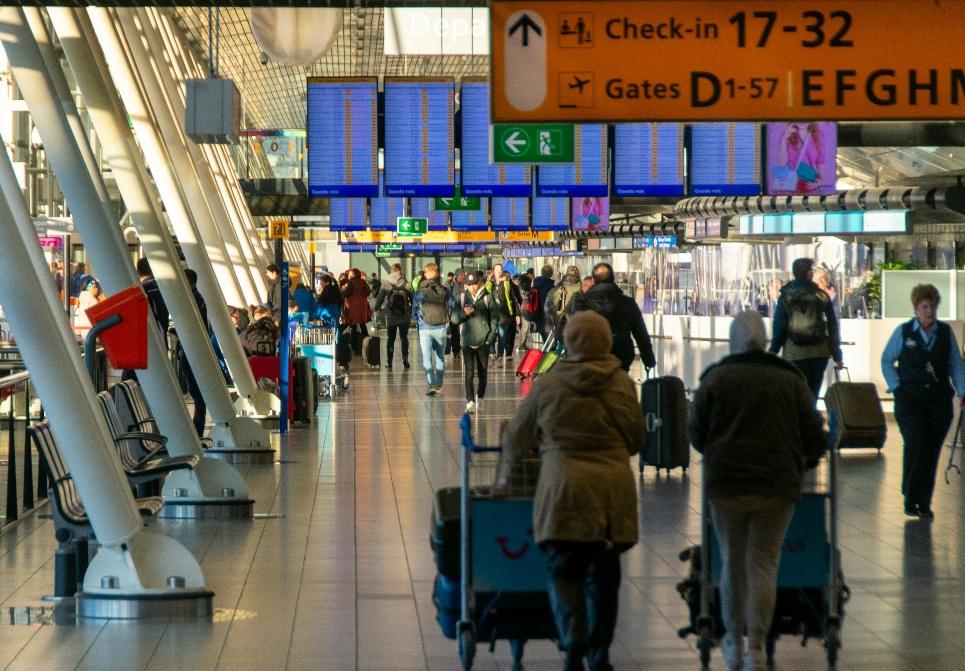Geopolitical tensions, climate change, system failure and human error can lead to disruption or failure of vital processes. This can have major consequences for the functioning of our society and the Dutch and European economy. As a result, it poses a threat to national security. The recently published Threat Landscape of Vital Infrastructure provides an overview of these threats and offers ministries and vital providers a thinking framework to better identify risks and resilience.

Our vital infrastructure is the foundation on which Dutch society runs. Electricity, Internet access, drinking water and payments are examples. A stack of increasing and changing threats affect this infrastructure.
Vital processes can be disrupted by deliberate threats from state actors, terrorism and violent extremism, activism and criminal activities, among others. State actors in particular pose an increasing threat to vital infrastructure. This is manifested in, among other things, an increase in the use of hybrid tools, such as sabotage, espionage and pre-positioning, cyber attacks, disinformation, economic pressure and abuse of strategic dependencies.
The effects of climate change pose an increasing threat to vital infrastructure. For example, freshwater shortages are increasing in the summer, flooding from rainstorms is becoming more frequent, and the consequences of flooding are increasing. Flooding can be disruptive when the functions of vital networks fail. Extreme heat and drought in summer can also put vital processes under pressure.
National security can also be compromised when vital processes fail due to human error, system failure or chain effects. Several examples show that a seemingly minor technical or human error can have major consequences for vital processes. Because of interdependencies within the vital infrastructure, a disruption within one vital process can lead to chain effects in other vital processes.
Governments, public and private organizations, and intelligence and security services are constantly working together to protect our vital infrastructure and increase resilience. For example, the Approach to Vital is aimed at increasing the resilience of the vital infrastructure by constantly monitoring the threat, taking appropriate and proportionate measures and close cooperation between all parties involved.
An approach that will be legally enshrined with the implementation of the European Critical Entities Resilience (CER) Directive into national legislation: the Critical Entities Resilience Act (Wwke). Organizations that come under the Critical Entities Resilience Act will first be designated by the department as critical entities and informed accordingly.
To increase digital resilience, the Network and Information Security Directive (NIS2 Directive) is being implemented and transposed into the national Cybersecurity Act (Cbw). The Rijksoverheid is urging organizations to prepare for the entry into force of the laws and underlying regulations.

